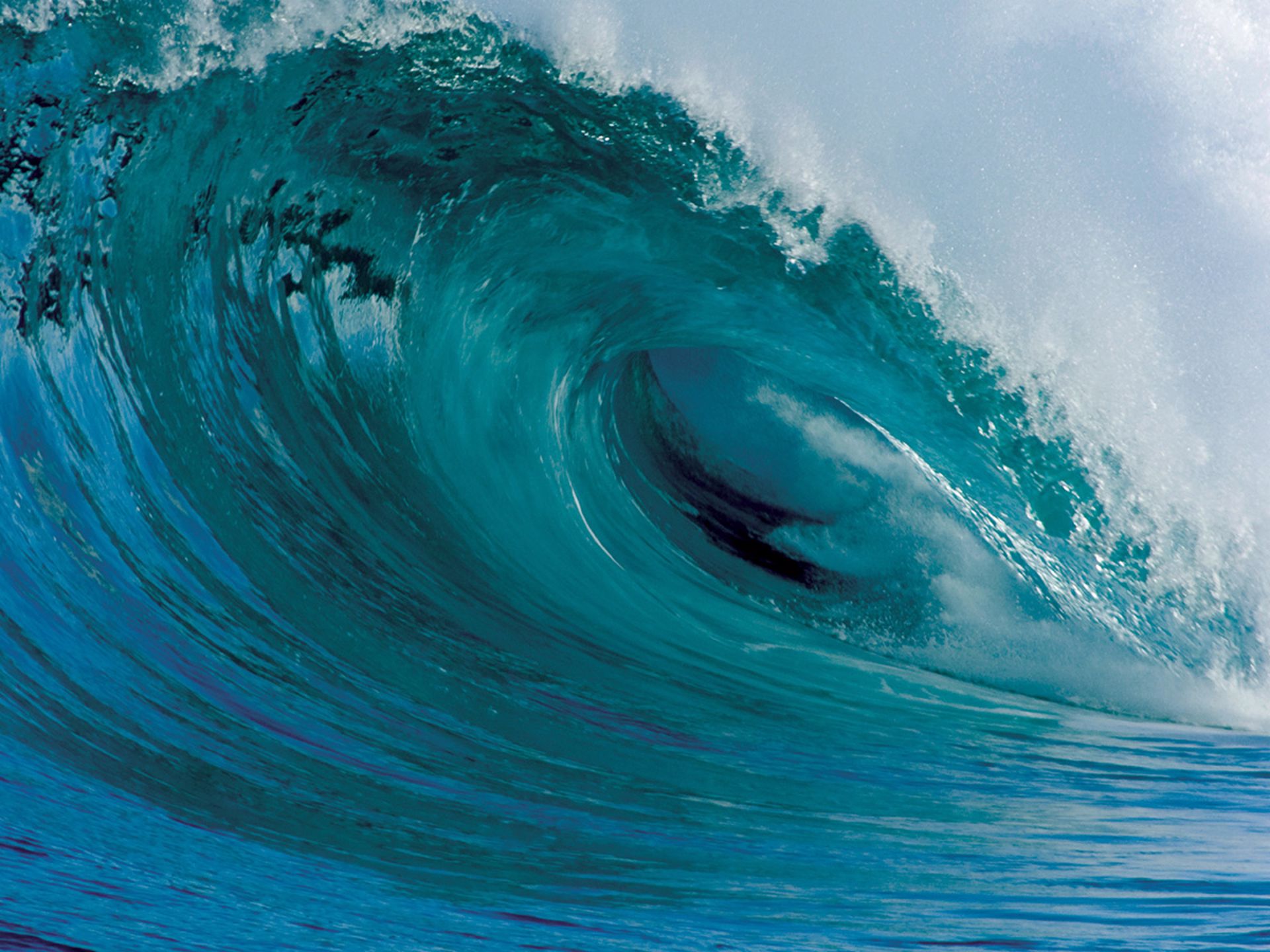What is your technical expertise?
I am a Regulatory and Consenting Specialist and I have been fortunate enough to work as a regulator, in a developer and as an environmental consultant. This experience provides me with a unique perspective in the delivery of complex infrastructure projects and regulatory consents.
How did you become a specialist?
I have worked in the energy industry for 8 years and have dedicated my career to developing a knowledge base in renewables consenting that now means I can bring an industry leading understanding of the Scottish Consenting regime and a detailed understanding of the offshore wind industry to the ScotWind process.
I have gained extensive experience from all sides of the licensing and consenting process. I worked with the Scottish Government for a number of years. Laterally, I was leading the renewables consenting team in delivering a number of section 36 consents and marine licences for complex infrastructure projects.
I have also worked with Moray East. This role saw me managing all consenting, environmental risks and compliance during construction, with a number of other developers in my role as Project Director providing post consent advisory support, senior level support and advice to developers for EIA and section 36 applications/variations and as lead environmental and consenting advisor for detailed site analysis, risk assessment and consenting risk for offshore wind site selection
I am proud to be in the offshore wind industry, I wanted to make a difference in shaping the future and contribute to delivering climate change targets and achieving net zero, pushing for change that will have a wider positive impact beyond Scotland.
What are the biggest risks that Offshore Wind Developers face right now in your area of expertise?
From an Environmental and political perspective, ornithological impacts are one of the biggest environmental issues offshore wind developers face. The effects of offshore wind farms on marine and avian life are still largely unknown, and as such some ScotWind sites have plan level mitigation measures in place due to the potential negative environmental, social and economic impacts, in particular around in-combination effects. It is important that we deliver on sustainability and take account of the environmental pressures. This requires integrated objectives, good management and targeted monitoring, robust data needs to be gathered and interpreted to gainan understanding of the extent of the impacts that are likely and help inform future planning decisions. The Scottish Ministers must have regard to all significant environmental impacts which are the result of the proposed development, through effective monitoring, the information gathered can help with the management of specific issues and improve the understanding of impacts on particular species.
What is the one piece of advice you would give a developer if they are awarded a lease in ScotWind?
Be organised, plan ahead and do things right, what you put in you get out.
Have a good environmental consultant on board to lead the EIA and section 36 consent application process. The next stage is obtaining a section 36 consent and associated marine licence(s). I know most developers have been speaking to the licensing and consenting team in Aberdeen, they should get their scoping reports in as soon as possible and if they have not already undertaken surveys ensure that they have agreed scope/methodologies with regulators and SNCBs. Once the scoping opinion is received developers should ensure that this is followed in developing their EIA to enable a robust application to avoid unnecessary delays through the need for addendums. Have continued early engagement with stakeholders, bring them along on the journey, this will make life easier during the consultation period.
